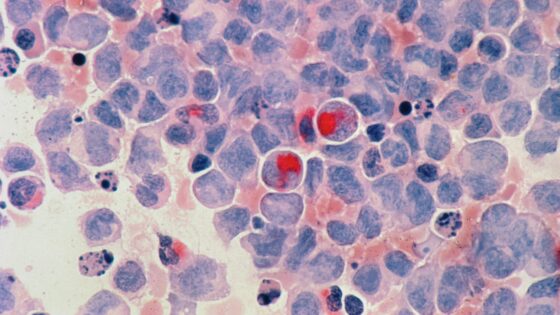
Credit: Unsplash
A crater believed to be a few thousand years old may actually be much older.
In Greenland’s northwestern ice sheet is the Hiawatha crater, a 31-kilometer wide crater that could easily encompass the entirety of Washington D.C. This crater was first discovered back in 2015 and was believed to be formed 13,000 years ago, though the precise cause of its formation wasn’t immediately apparent. According to a new study conducted by the Statens Naturhistorisk Museum, the Globe Institute at the University of Copenhagen, and Swedish Museum of Natural History in Stockholm, however, the original theory may have been off by a good few million years.
A new research journal published in Science Advances posits that the Hiawatha crater was actually formed approximately 58 million years ago. Back then, Greenland actually had a much more temperate climate and was covered with rainforest, but when a meteorite strike the planet’s surface, the sheer force of the impact both formed the crater and permanently altered Greenland’s climate and topography into something more similar to what we know today.
Scientists used to believe the Hiawatha crater in Greenland was formed 13,000 years ago. Turns out they were off by 58 million years.https://t.co/vijBPbUB1H
— Jazz Shaw (@JazzShaw) March 11, 2022
Researchers were able to determine this thanks to the argon found in rock and sand samples obtained from the crater. “I used a laser to release argon gas that had accumulated in the sand grain by radioactive decay from a rare isotope of potassium known as potassium-40,” said Michael Storey, one of the lead scientists on the study. “The argon gas was then measured on a very sensitive instrument known as a mass spectrometer, which allowed me to determine the age of the grain. It’s a bit like carbon dating but with this technique we can work out the age of even the oldest rocks on Earth.”































